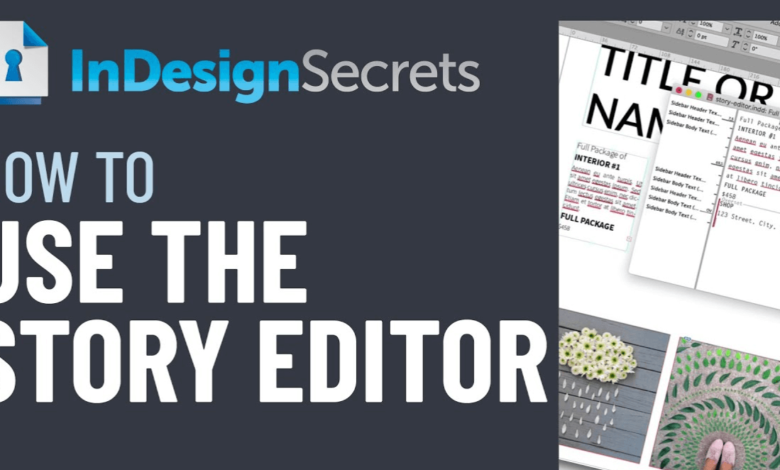Editing for Narrative Storytelling: Tools and Techniques

Editing is an indispensable component of narrative storytelling, serving not only to refine plot elements but also to enhance the overall clarity and impact of the piece. By leveraging advanced editing tools and collaborative platforms, writers can effectively address common challenges such as pacing discrepancies and character inconsistencies. Moreover, embracing diverse feedback can illuminate blind spots that may hinder narrative flow. As we explore the intricacies of editing methods and the essential tools at a writer’s disposal, we must consider how these techniques shape the reader’s journey through the story. What elements are often overlooked in this critical process?
Understanding Narrative Structure
At the heart of compelling storytelling lies the intricate architecture of narrative structure, a framework that guides the reader through the unfolding of events and character development.
Effective narrative arcs enhance emotional resonance, while thematic elements provide depth.
Pacing strategies maintain engagement, and well-crafted plot twists can elevate tension, ensuring that each moment contributes meaningfully to the overall experience of the narrative.
See also: Is Real Estate Still a Good Investment in 2024?
Essential Editing Tools
Editing plays a pivotal role in refining narrative structure, ensuring that the story not only captivates but also resonates with its audience.
Essential editing tools include robust editing software that enhances clarity, collaboration tools facilitating effective teamwork, diverse feedback methods to gather insights, and strategic revision strategies that streamline the process.
Together, these tools empower writers to craft compelling narratives that reflect their unique voice.
Techniques for Effective Storytelling
A storyteller’s ability to weave a captivating narrative hinges on the effective use of various techniques that engage and immerse the audience.
Character development is essential, as it fosters emotional resonance, allowing readers to connect deeply with the story.
Additionally, employing vivid imagery and dynamic dialogue enhances the narrative’s impact, creating a compelling experience that resonates with the audience’s desires for freedom and exploration.
Common Editing Pitfalls to Avoid
Navigating the editing process can often lead writers to trip over common pitfalls that undermine their narrative’s potential.
Key issues include character consistency, which can confuse readers, pacing issues that disrupt flow, and plot holes that erode credibility.
Additionally, lack of dialogue clarity and thematic coherence can disengage readers, ultimately detracting from the story’s impact.
Avoiding these traps is essential for fostering strong reader engagement.
Conclusion
In conclusion, the art of editing in narrative storytelling transcends mere correction, serving as the lifeblood that breathes vitality into a story’s framework. By employing essential tools and techniques, writers can elevate their narratives to unparalleled heights, ensuring clarity, character consistency, and thematic depth. Awareness of common pitfalls further enhances the editing process, transforming fledgling drafts into masterpieces that captivate and resonate with readers. Ultimately, meticulous editing is the key to unlocking a story’s full potential.



